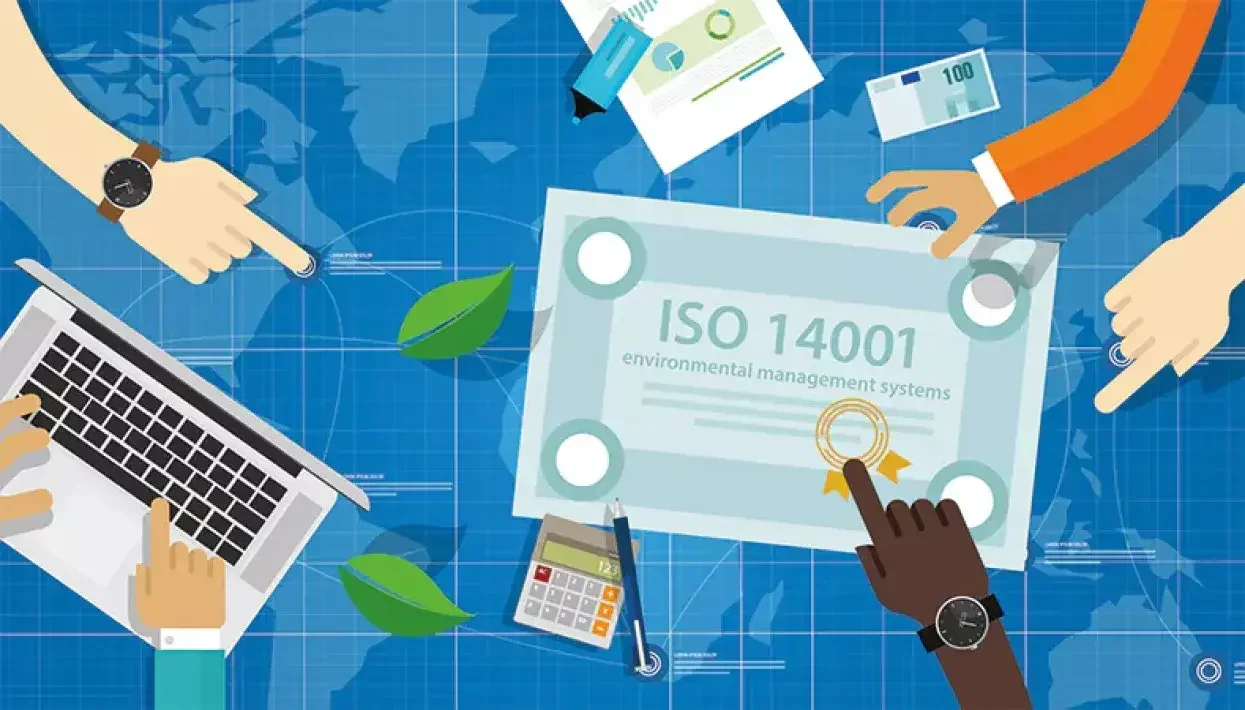Sustainability
Wide Format Printing
ISO certification: investing in the future
Author
FESPA Staff
Published Date
20/07/2022
Become a FESPA Member
to Continue Reading
